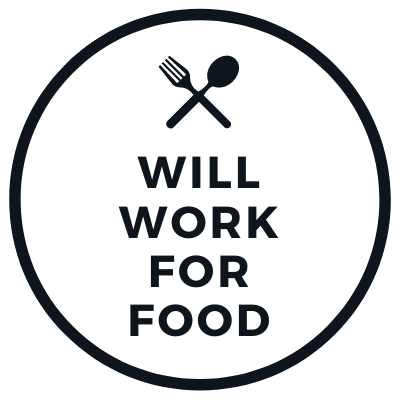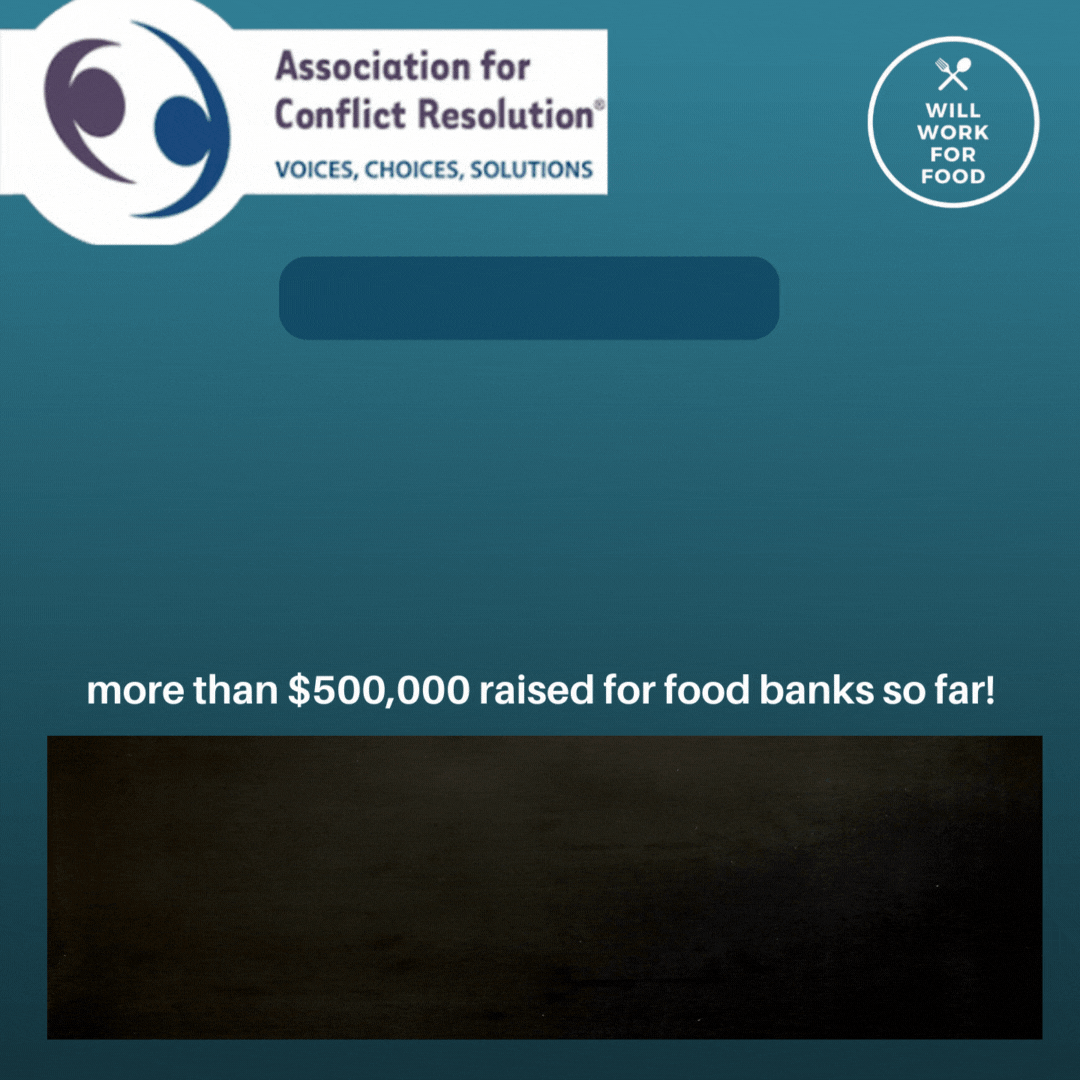Will Work For Food
Mediators, arbitrators, attorneys and the global legal community helping each other via educational programs while raising money for food banks around the world.
“We Can’t help everyone, but everyone can help someone.”
World Hunger: Key Facts and Statistics
Covid-19 felt like the biggest health crisis in 100 years, and yet, it’s easy to forget about a problem that dwarfs even the most deadly of diseases: extreme hunger. In a bid to highlight the depth of the international hunger crisis, Delivery Rank has compiled all of the most important facts and statistics on world hunger in 2021.
World hunger has been a significant issue since records began, and over the last century, mankind has taken huge strides towards solving the crisis. But more needs to be done. The world produces enough food to feed all 7.7 billion inhabitants, yet millions of children still go to bed hungry every night.
This article will provide facts and stats on the state of hunger in some of the poorest regions in the world. We’ll cover the biggest contributors to world hunger, hunger’s effect on children, the role of Covid-19, and what can be done, both on a personal level and an institutional level, to help resolve what is the biggest humanitarian crisis on planet Earth.
Read this full article at: https://www.deliveryrank.com/blog/world-hunger-facts-statistics (thanks to Debbie Gant for the info!) Written by: Tom Read on Apr 13th, 2021
Nearly 1 in 4 American households have experienced food insecurity this year
With COVID-19 continuing to spread around the world, and millions of Americans still out of work even as the country is starting to slowly re-open, one of the nation's most urgent problems has only grown worse: hunger.
In communities across the country, the lines at food pantries are continuing to stretch longer and longer, and there's no clear end in sight. Before the pandemic, the number of families experiencing food insecurity — defined as a lack of consistent access to enough food for an active, healthy life — had been steadily falling. At the height of the pandemic, the numbers of families experiencing food insecurity grew astronomically. And even now, as parts of the US have and are “reopening” and people are starting to go back to offices and other places of work, economic instability, food insecurity and the health crisis caused and exacerbated by the pandemic is not abating. New estimates point to some of the worst rates of food insecurity in the United States in years.
"COVID has just wreaked havoc on so many things: on public health, on economic stability and obviously on food insecurity," said Luis Guardia, the president of the Food, Research and Action Center.
It's an ongoing crisis that's testing families, communities and the social safety net in ways that may have seemed unthinkable before the pandemic began. Here's a closer look at the landscape.
Even before the pandemic hit, some 13.7 million households, or 10.5% of all U.S. households, experienced food insecurity at some point during 2019, according to data from the U.S. Department of Agriculture. That works out to more than 35 million Americans who were either unable to acquire enough food to meet their needs, or uncertain of where their next meal might come from, last year. (according to this article on the NPR website).
Key findings per a March 2021 Report regarding The Impact of Coronavirus on Food Insecurity | Feeding America, include:
1. Feeding America projects that 42 million people (1 in 8), including 13 million children (1 in 6), may experience food insecurity in 2021.
2. This is a slight improvement from our updated 2020 projections (45 million people and 15 million children).
3. Many people who have been most impacted by the pandemic were food insecure or at risk of food insecurity before COVID-19 and are facing greater hardship since COVID-19.
4. Significant racial disparities in food insecurity which existed before COVID-19 remain in the wake of the pandemic. Feeding America projects that 21% of Black individuals (1 in 5) may experience food insecurity in 2021, compared to 11% of white individuals (1 in 9).
5. It will likely take time for food insecurity levels to recover.
It is no secret, people around the world are HUNGRY and need our help.

